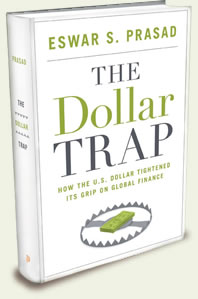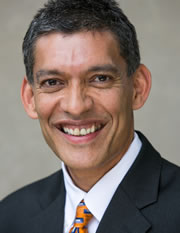Preface
I identify various paradoxes in the present structure of international finance that serve as the ingredients for the book’s main thesis.
Chapter 3 sketches out the main elements of a standard framework that economists use to study international capital flows, and illustrates how and why the data refute it in many ways. For instance, the theory predicts that capital should flow from richer to poorer economies, whereas the reality has been the opposite. Even though one of its main predictions is refuted by the data, the framework provides a useful benchmark for exploring deficiencies in the present setup of global finance. This necessitates a more careful investigation of the direction, composition, and volatility of capital flows. These topics have taken on greater significance as financial markets around the world continue to become more tightly linked to one another.
Indeed, the global financial crisis has not deterred even the emerging market economies, which once had extensive restrictions on capital flows, from allowing freer movement of financial capital across their borders. Chapter 4 analyzes how rising integration into global financial markets has affected these economies’ external balance sheets (i.e., their asset and liability positions relative to the rest of the world). Emerging markets have been able to alter the profile of their external liabilities away from debt and toward safer forms of capital inflows, such as foreign direct investment. Still, even as their vulnerability to currency crises has declined, these economies face new dangers from rising capital flows, including higher inflation as well as asset market boom-bust cycles fueled by those flows.
In Chapter 5, I turn to the growing importance of “safe assets,” investments that at least protect investors’ principal and are relatively liquid (i.e., easy to trade). Rising financial openness and exposure to capital flow volatility have increased countries’ demand for such assets even as the supply of these assets has shrunk. Emerging market economies have a stronger incentive than ever to accumulate massive war chests of foreign exchange reserves to insulate themselves from the consequences of volatile capital flows. The global financial crisis shattered conventional views about the level of reserves that is adequate to protect an economy from the spillover effects of global crises. Even countries that had a large stockpile found their reserves shrinking rapidly in a short period during the crisis, as they strove to protect their currencies from collapse. So now the new cry of policymakers in many emerging markets seems to be:
We can never have too many reserves.

